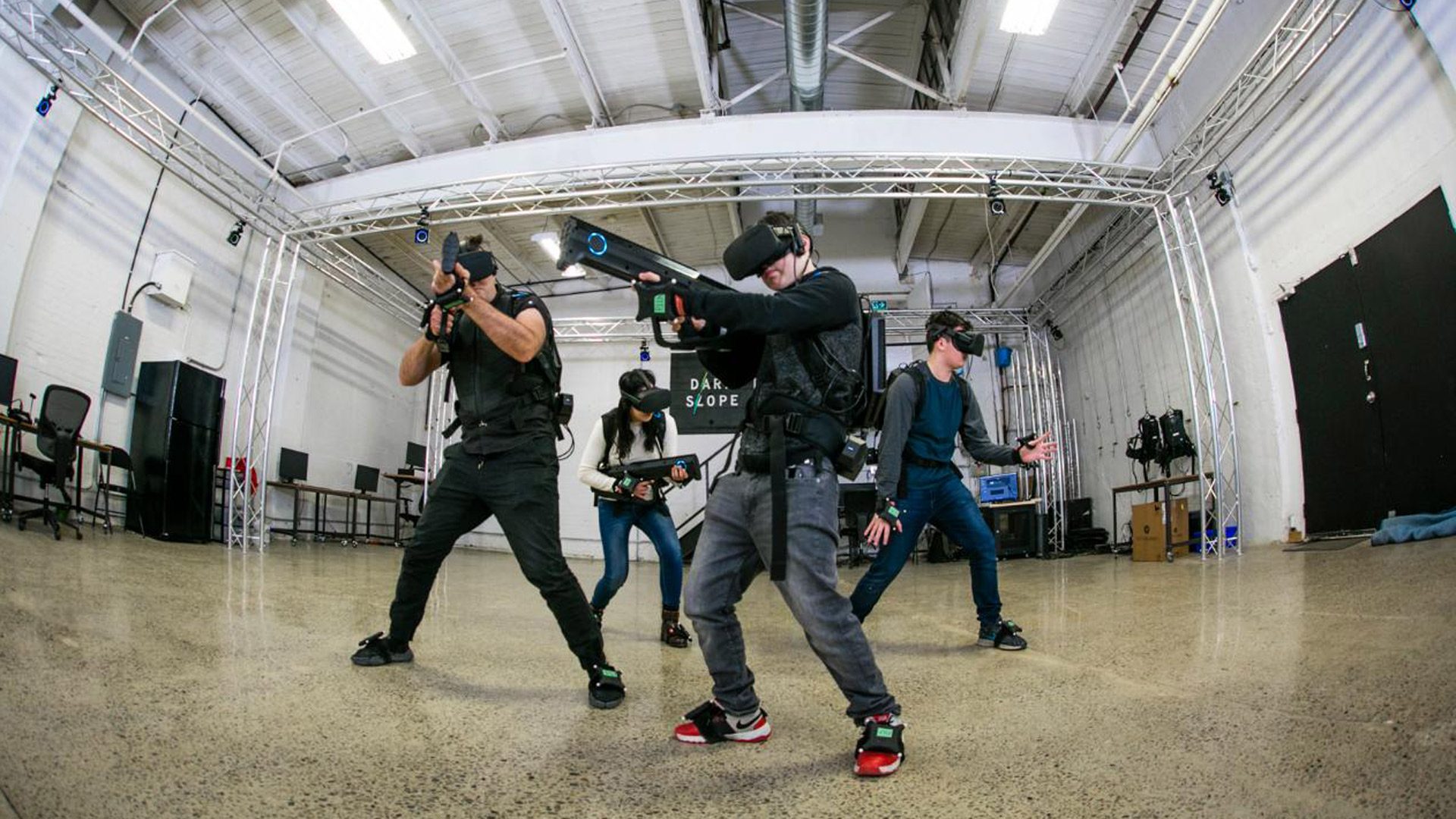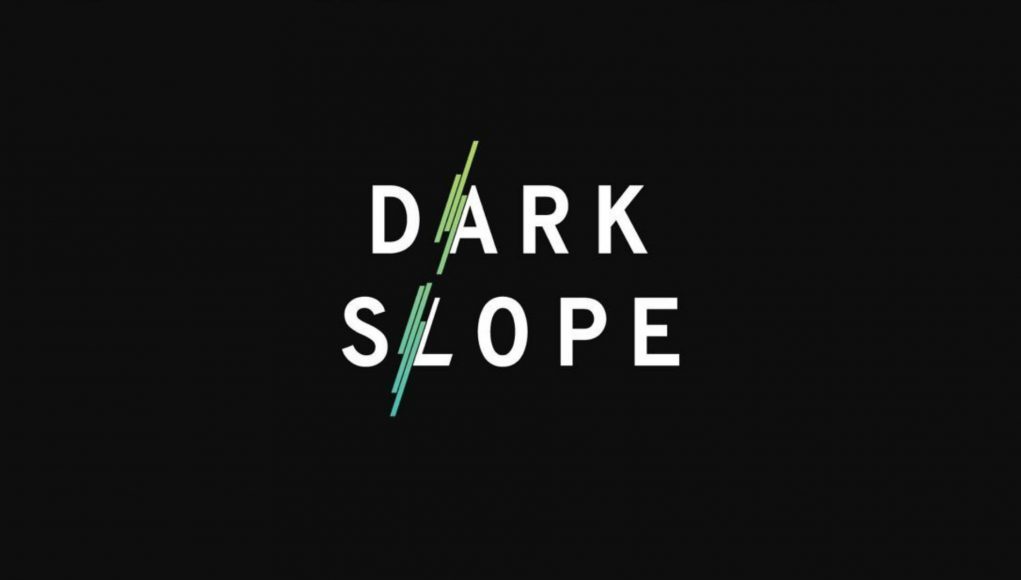The Toronto-based AR/VR developer Dark Slope today announced it’s closed a bridge funding round with multiple investors which brings the company’s total funding to $2.75 million. This coincides with a pivot away from location-based VR entertainment towards immersive VR learning.
The completion of the funding round is also putting Dark Slope co-founder Raja Khanna into the role of CEO. Raja was the CEO of Television & Digital at global content and media company Blue Ant Media, and was co-founder of technology company QuickPlay Media, which was acquired by AT&T in 2016.
QuickPlay co-founder Kavi Maharajh is signing on as Chief Product Officer responsible for the building of Involve XR, Dark Slope’s new immersive learning platform. Maharajh was also a VP at AT&T and SVP at Full Screen Media.
Involve XR is said to allow learners to “access realistic 3D spaces and objects to learn, observe, practise and apply skills.” Users are able to access the platform via VR headsets, AR on mobile devices, or desktop.
Founded in 2018, Dark Slope’s initial $1.5 million seed round brought along with it a content deal which saw the creation of a location-based VR game using Nathan Jurevicius’ graphic novel Scarygirl (2009) as its basis.

Called Scarygirl Mission Maybee, the multiplayer action game tasked players with saving the world from Dr. Maybee and his diabolical experiments, forcing players to cooperate in order to rid the world of Dr. Maybee’s infectious goo, purify it and “blast it back at the hordes of creatures infesting the world.”
It seems Dark Slope has since wound down its location-based ambitions in light of the COVID-19 pandemic. The company most recently launched a multiplayer smartphone-based AR game for AT&T called Trick Shot Kings in March of this year.
The company says it will continue to fundraise to support its pivot towards immersive learning and has already begun to confirm substantial partnerships in support of the product build.







